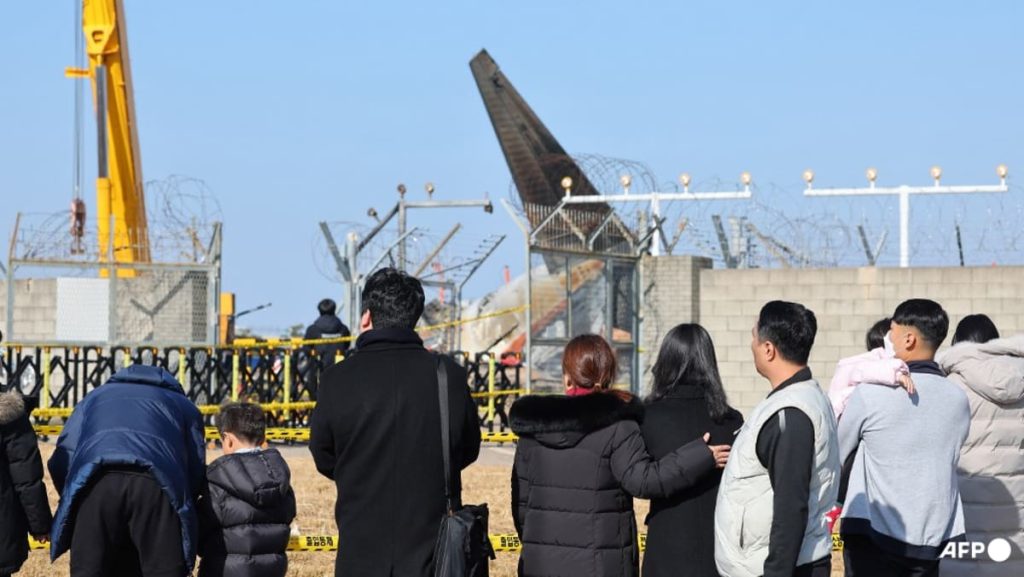ALL VICTIMS IDENTIFIED
The devastating crash of Jeju Air Flight [Flight Number] at Muan International Airport claimed the lives of 179 individuals, plunging families and the nation into mourning. The immediate aftermath of the tragedy was marked by agonizing delays in the identification and release of the victims’ remains. The extensive damage inflicted by the high-impact crash, coupled with the meticulous requirements of preserving crucial crash-site evidence, presented a formidable challenge to forensic teams. Families gathered at the airport, their grief compounded by the agonizing wait, desperate to begin the process of mourning and laying their loved ones to rest.
However, on Wednesday, Acting President Choi Sang-mok announced a pivotal development: the identification process had finally been completed. This marked a crucial turning point for the grieving families, allowing them to finally receive the remains of their loved ones and commence funeral arrangements. The painstaking identification process, a collaborative effort involving national and international experts, had reached its conclusion, providing a semblance of closure amidst the profound sorrow. The announcement brought a measure of relief to the anguished families, enabling them to embark upon the long and arduous journey of healing.
Concurrent with the identification process, a comprehensive investigation into the cause of the crash was underway. Acting President Choi affirmed the collaborative nature of the investigation, involving Korean authorities, the US National Transportation Safety Board (NTSB), and representatives from the aircraft manufacturer. This joint effort underscores the complexity of the investigation and the shared commitment to uncovering the factors that led to the tragic event. The black box data, coupled with meticulous analysis of the aircraft’s structure, are expected to provide crucial insights into the sequence of events that culminated in the crash.
Initial findings from the on-site investigation pointed towards the airport’s localiser, a crucial component of the landing navigation system, as a potential contributing factor. The localiser, a concrete structure designed to guide approaching aircraft, is suspected of exacerbating the severity of the impact. The investigation will delve into the role of the localiser, scrutinizing its structural integrity and placement to determine whether it played a role in the catastrophic outcome. The analysis will also incorporate data from the flight recorders to provide a comprehensive understanding of the final moments of the flight.
The passenger manifest revealed a somber picture: the majority of those onboard were holidaymakers returning from year-end trips to Bangkok. The victims, predominantly Korean nationals with two Thai citizens also among them, represented a diverse cross-section of society, united in their tragic fate. The loss of so many lives, particularly during a time traditionally associated with celebration and family gatherings, cast a pall of grief over the nation. The collective mourning reflects the profound impact of the tragedy, touching communities across the country.
In the wake of the tragedy, memorial altars sprung up across South Korea, serving as focal points for collective mourning and remembrance. These spaces, both public and private, offered solace and a sense of shared grief. From bustling Seoul to the quieter environs of Muan airport, the altars became poignant symbols of the lives lost. Adorned with flowers, photographs, and messages of condolence, they offered a tangible space for individuals and communities to express their grief, honor the victims, and begin the process of healing. The altars stand as testament to the enduring spirit of compassion and resilience in the face of unimaginable loss. The nation mourns, united in its grief, remembering the 179 lives lost in the tragic crash of Jeju Air Flight [Flight Number].

